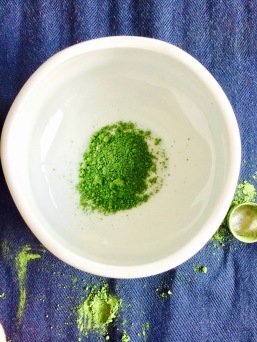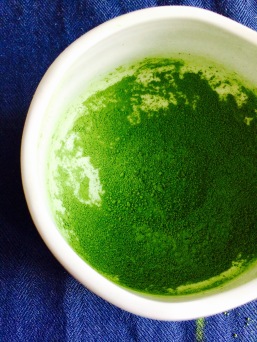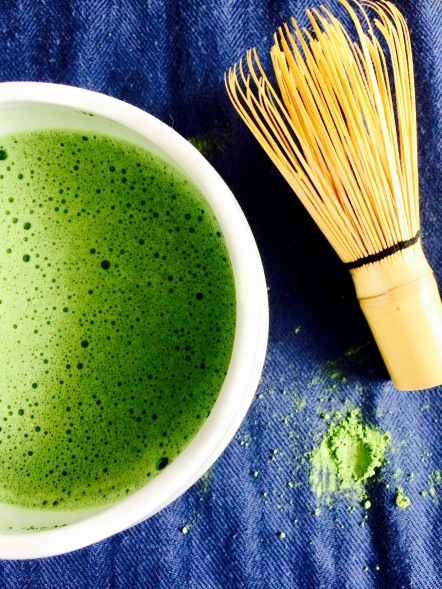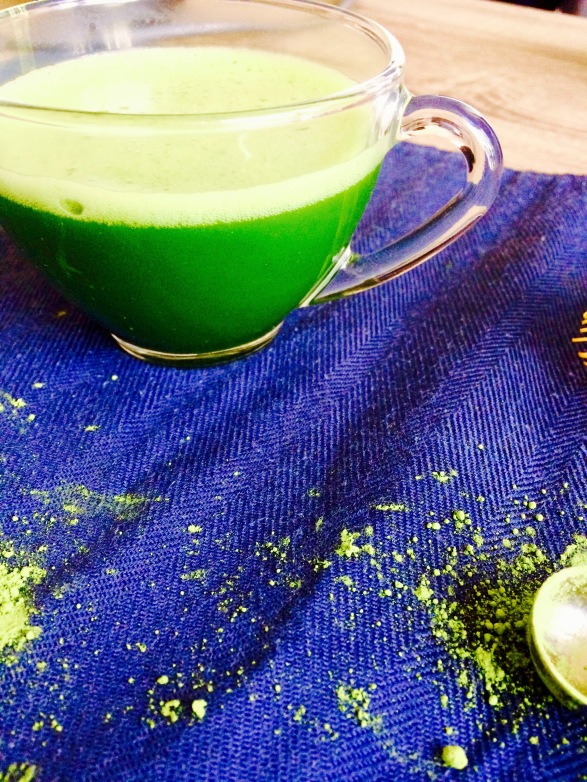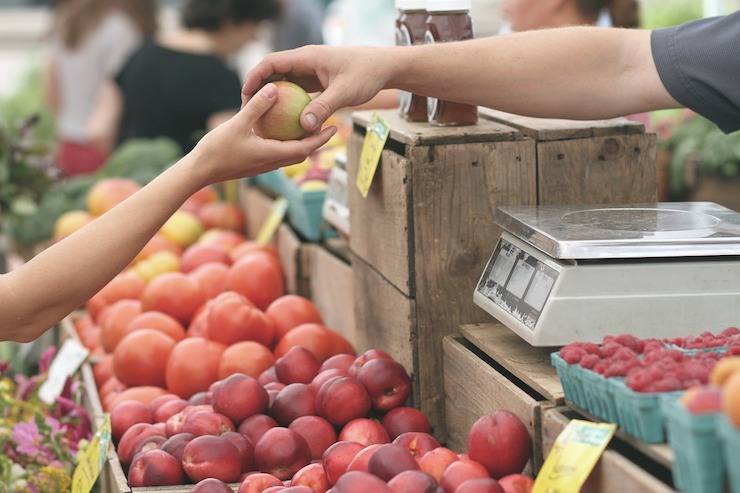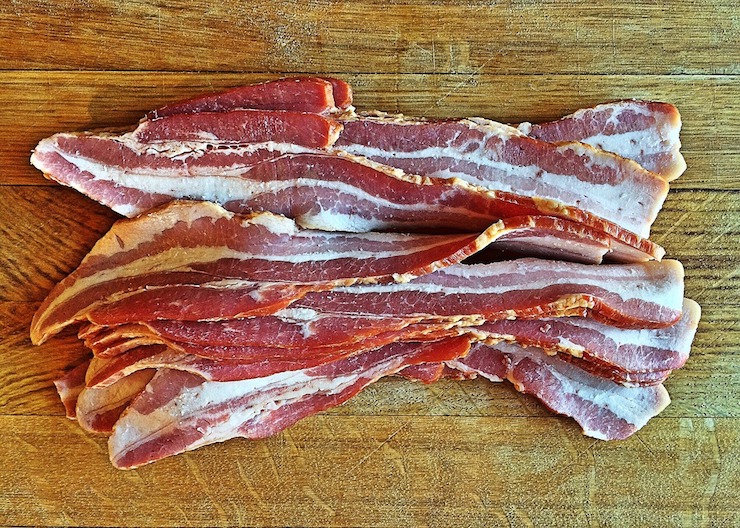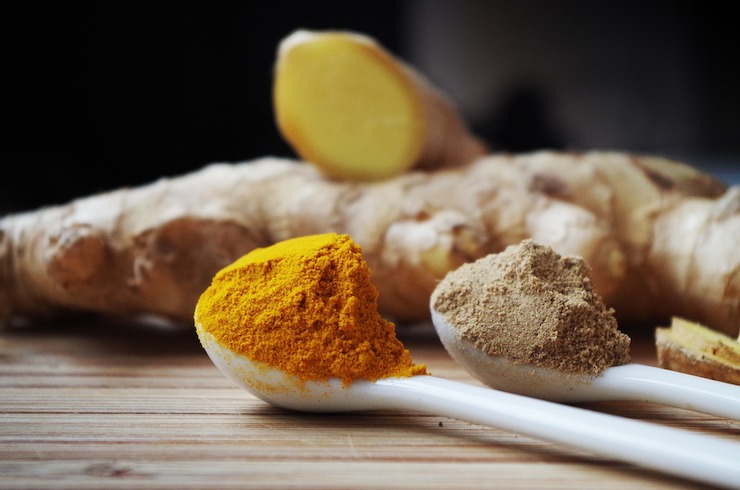Have you ever wondered if you’ll live to 100? Perhaps you’ve thought about what it would take? What’s the secret? Well, Dan Buettner did and made it his life’s mission to find out the secret to longevity. Leading a pack of researchers from National Geographic, Buettner discovered five places in the word where the highest number of centenarians lived. He coined these places “Blue Zones”. In this post, I’ll share with you the characteristics that make for the healthiest places, but also whether these places are still blue, and whether we can incorporate these same characteristics in an increasing globalizing world.
Introducing, the 5 Blue Zones:
1. Loma Linda, CA, US

About 100 km east of Los Angeles there exists a small community made up of mostly Seventh-day Adventists. Their diet is mostly plant-based, and they practice the Sabbath on Saturday where they spend time with family and friends, and refrain from using technology.
2. Nicoya, Costa Rica
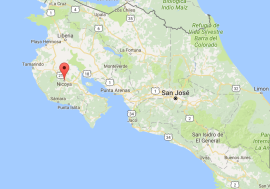
Costa Rica benefits from a high life expectancy (2012: 79.7 years). Yet in the region of Nicoya, locals have a significant lower death rate compared to the rest of the country. Typically education levels and/or access to healthcare are determinants of health. However, in Nicoya centenarians on average have lower levels of education than the rest of the country, and have equal access to healthcare. Their typical diet consists of traditional foods loaded with fibre like rice and beans. There is, though, one characteristic unique to Nicoyans –Plan de Vida, which translates to “reason to live”. Residents here have a positive outlook on life and typically wake up with purpose and partake in an active lifestyle.
3. Sardinia, Italy
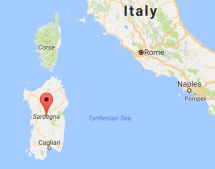
A typical Sardinian walks five miles a day atop a mountainous region. Their diet consists of whole grains, beans, homegrown vegetables and fruits with a limited intake of animal protein (Sundays or on special occasions). Italians love their wine, and that is no different in Sardinia, where they consume it, although, in moderation.
4. Ikaria, Greece
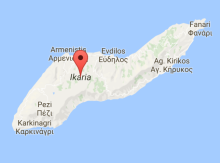
Rates of cancer among locals from the small island of Ikaria are 20% less than in North America. Also they have half the rate of heart disease compared to North America. Their diet is largely a Mediterranean one. Evidence has been able to draw the link that eating a Mediterranean diet may reduce our risk for certain chronic diseases like heart disease and type 2 diabetes. Check it out here, here and here. Evidence is still evolving in this area, but a Mediterranean diet is intuitively beneficial since it encourages a diet rich in fruits and vegetables, nuts and seeds, whole grains, fish and lean sources of protein. Sardinians also enjoy a daily mid-afternoon break (whether it be a nap or a cup of tea) to de-stress.
5. Okinawa, Japan
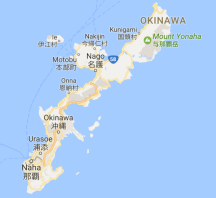
The island of Okinawa carries historical significance since it was the site of the last and most decisive battle of WWII between the Japanese and Americans (for those not so historically inclined, this was referenced in Mel Gibson’s “Hacksaw Ridge”). If you are a woman in Okinawa you are 2-3 time more likely to live to 100 compared to all of Japan, Europe and North America. Side note, Okinawa is one of two areas with the highest number of female business leaders in Japan. Not only are female Okinawans living the longest, they’re also killing it in business. An Okinawan’s lifestyle is guided by the old Confucian mantra known as: “Hara Hachi Bu” which means: “eat until you are 80% full”. The theory behind this is that it allows your body time to digest in order to listen to internal hunger and fullness cues.
Globalization Meets Blue Zones
So what happens when globalization reaches these regions and threatens the way of life? Since Buettner’s Blue Zone study, fast food restaurants have popped up in the above five places, and although these changes may not have influenced the elderly population, they have already had an impact on the younger population. The city of Loma Linda attempted to ban drive thru fast food restaurants, but that was squashed and since then a variety of fast food chains have populated the “pure” community. In 2016, Nicoya introduced its first chain of KFC.
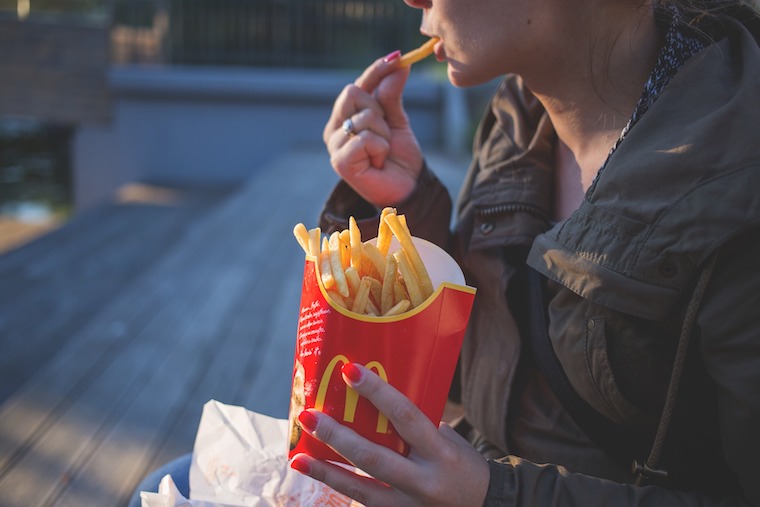
Centenarians from Okinawa may not have been influenced by American society during WWII, but the growing fast food presence in Okinawa today is having a significant impact on the youth. The traditional Okinawa diet is fading and being replaced with Big Macs and Coke Zero resulting in a rise in cholesterol and heart disease among the population. Japan has seen a three-fold increase in BMI from 1962 to 2002.
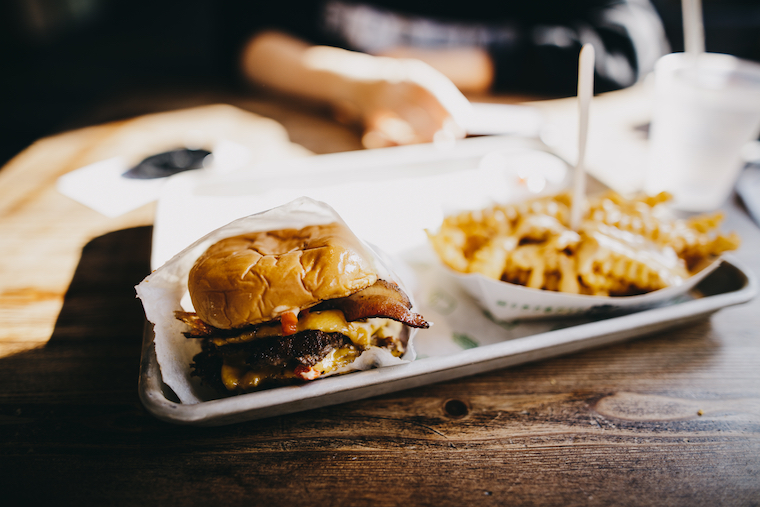
In Canada, a number of organizations are trying to direct policy and form advocacy groups to establish healthier food environments. That being said, what lessons can we, as individuals, take from the Blue Zones study.
1. Find Ways to De-Stress
Residents from the Blue Zones all had one thing in common: less stress. It sounds easy, but in a Western society so governed by technology, short lunch breaks and long working hours, finding time to de-stress is challenging. However making it a priority can have a significant impact on your health. Whether it’s 15 minutes of meditation, art therapy, taking a walk or picking up a book, these actions can – at least temporarily – help to de-clutter our mind.

2. Get Enough Zzs
This may seem like a no-brainer but getting enough sleep can do wonders for our health. In the Blue Zones, residents enjoy regular naps and typically get a minimum of 8 hours of sleep.

3. Get Moving
We may not all be lucky enough to live near mountains or along the coast or have to walk many miles to get to the nearest market/town square, but there are tricks to get moving throughout the day. Try getting off the bus a few stops earlier, taking the stairs instead of the elevator, or using half of your lunch break to get some fresh air.

4. Support
Okinawans call it: Moais –these are groups of five friends that are committed to each for life. At age 5, Okinawan children are placed into these groups and meet up most days for sake and gossip. This dependency on one another and constant emotional and at times financial support has a tremendous impact on their health. Surround yourself with loved ones, join a community group or give your family members a call once in a while.

5. Hara Hachi Bu
Eat until you are 80% full. It takes us 20 or so minutes for our stomach to empty, so take that time to listen to your body and recognize its fullness cues.
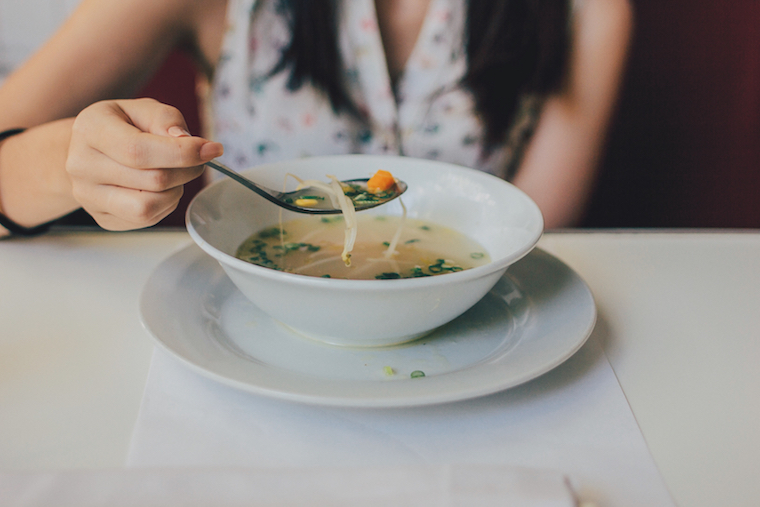
6. Eat a Balanced Diet
Diet plays a considerable role in our health and can have significant long term impacts. Fuel your body with whole grains, fruits and vegetables, nuts and seeds, fish and lean sources of protein. Your 100-year-old self will thank you.
At the end of the day, remember that making it to 100 is influenced by a number of factors, including genetics, food environment, and even luck. What is important is to keep our health intact as we age. Even though the Blue Zone regions may no longer be as relevant, with globalization now reaching even these isolated islands and communities, the data from these regions can still be used today to enrich our lives, and maybe even help us to reach 100. Here’s hoping.
Thanks for reading FoodVice.


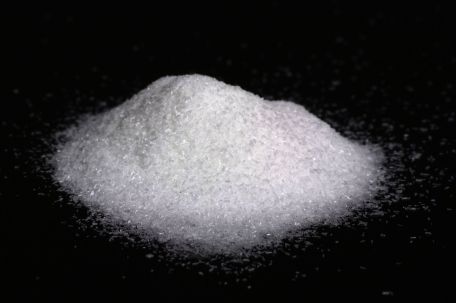


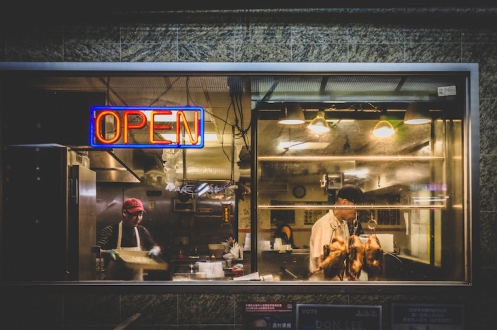
 (retrieved from: https://www.liberal.ca/because-its-2015-t-shirt/)
(retrieved from: https://www.liberal.ca/because-its-2015-t-shirt/)



